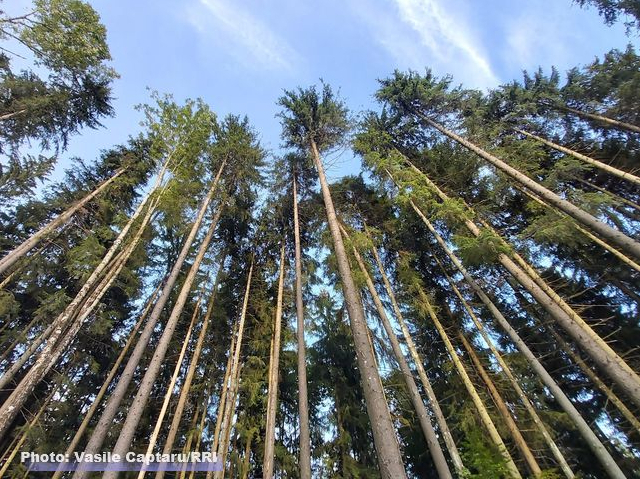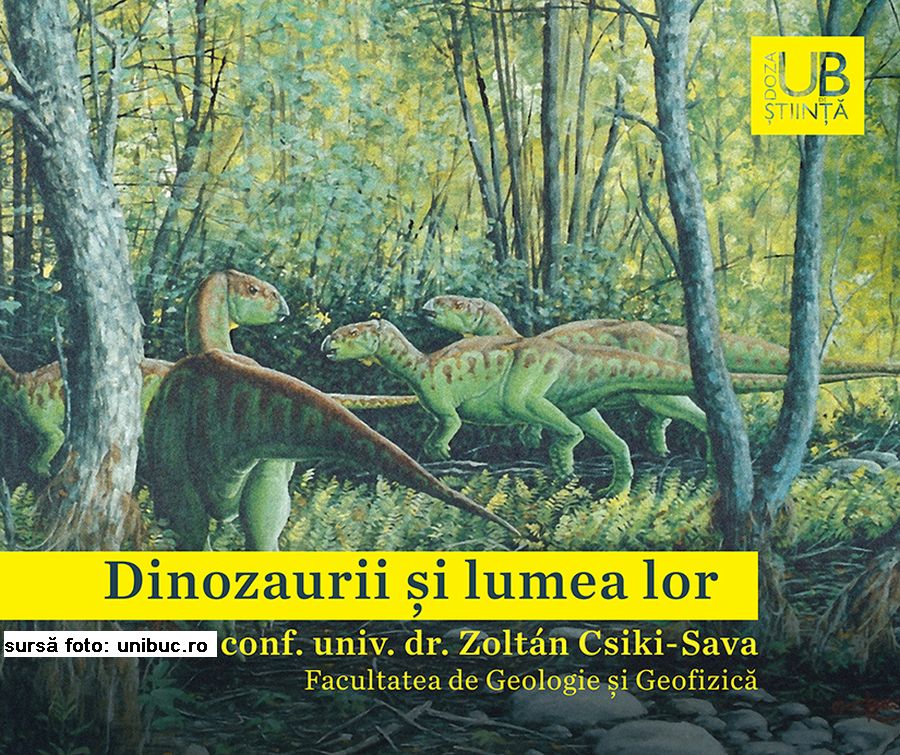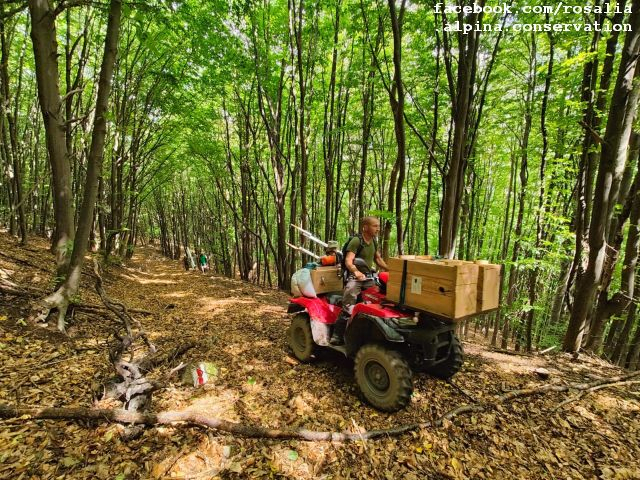Wood as a Resource to Reduce Carbon Emissions
Romania has all the resources to enter the leading platoon of countries taking important steps to reduce carbon emissions

Eugen Coroianu, 23.02.2024, 17:16
Romania has all the resources – forests, wood, processing capacities, specialists and schools – to enter the leading platoon of countries taking important steps to reduce carbon emissions in the construction sector. This statement belongs to the Association of Foresters in Romania (ASFOR), which explains in a press release how the use of wood in construction can contribute to achieving the ambitious climate objectives of the European Union. These include offsetting greenhouse gas emissions by 2050 and, subsequently, reaching negative emissions. In this sense, the sector in question presents a major challenge. According to the action plan for the circular economy of 2020, constructions are responsible for over 35% of total waste, and for 5 to 12% of total emissions in the European Union. And wood products can help transform the sector from a source of emissions into a carbon sink. The promotion of carbon storage products is fully compatible with the principle of technological neutrality, Romanian foresters show, citing community sources.
ASFOR’s president, Ciprian Muscă, explains what the mechanism is:
“The construction sector is one of the sectors that have a fairly high contribution in terms of carbon emissions, through the materials that are used. At the level of European states, a series of measures for carbon absorption and storage have been implemented. We, both in Romania and in the European Union, have at hand a resource that can help us, and that can actively participate in the achievement of these goals. And it is the forest! Basically, the forest acts as a carbon absorber that it stores in the wood, and later by processing and transforming the wood into construction materials, it ensures its storage for a very, very long time. So, basically, by using wood in new constructions we manage to achieve our part of carbon storage, and reach the neutrality targets that we have set for ourselves as members of the community, and that Europe has set for itself to achieve by 2030 There must always be a fair balance between the economic, social, and environmental sides. That is, in terms of the wood harvesting we do, at least at the level of Romania, because Romania is one of the few European states that harvests wood according to 10-year programs, according to forestry arrangements. And we only harvest the annual growth of the forest, so we don’t harvest more than the forest can produce.”
In support of what was said, the Romanian foresters also recall the fact that, last month, the Commission for the Environment, Public Health and Food Safety (ENVI) of the European Parliament launched the draft report ‘A new European strategy for 2030 – Sustainable management of forests in Europe’. The document refers to ‘adopting a holistic approach that takes into account the multifunctionality of forests, including carbon storage in forest biomass and wood products’ and ‘creating a regulatory framework that recognizes the lower carbon footprint of forest products compared to alternative materials’. In the same context, the Romanian foresters bring back to our attention a document called ‘Green Romania in 10 steps’, which also contains a chapter on wooden constructions. It calls on the public authorities to build passive wooden houses, and to use at least 10% wood in all constructions made with public funds. At the same time, through the Wooden House program – the foresters request that individuals be financially supported to build constructions with this material, as well as legal entities for headquarters, technical spaces, and spaces for trade and production. All this can only be done, however, through cuttings from the forest, and in Romania the subject is very sensitive. Many environmental associations have drawn attention to illegal or abusive deforestation and logging.
Here is what Ciprian Muscă says:
“I would first start with the term deforestation. What does deforestation mean? Tree cutting, forest removal, and change of usage category. That is, we can have, for example, deforestation during the construction of a highway. Otherwise we cannot talk about deforestation. Here, in Romania, we do not have deforestation, except strictly in the case of large infrastructure projects. Regarding illegal logging, we as participants in the forest sector are also making efforts to remove them, and get rid of those who are still doing illegal things and causing damage to the forest. We have this SUMAL 2.0 computer system, which is unique in Europe, and which practically ensures the traceability of the timber from the forest to the warehouse. It is a system made available to the population. Any Romanian citizen who wants to check a timber shipment can do so. It also has photos of the shipment. If they have suspicions, or if they find that the transport is illegal, they can call the 112 emergency line. So, in terms of exploiting and transporting timber, transparency is total.”
Recently, the Romanian Government took new measures to discourage all attempts at fraud and wood theft. It is mainly about tougher sanctions, based on the principle of proportionality, a principle also required by the European Union.






























